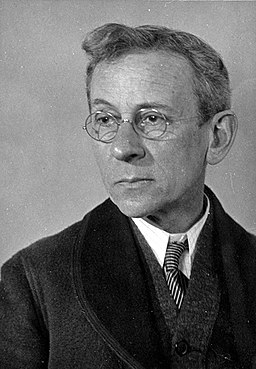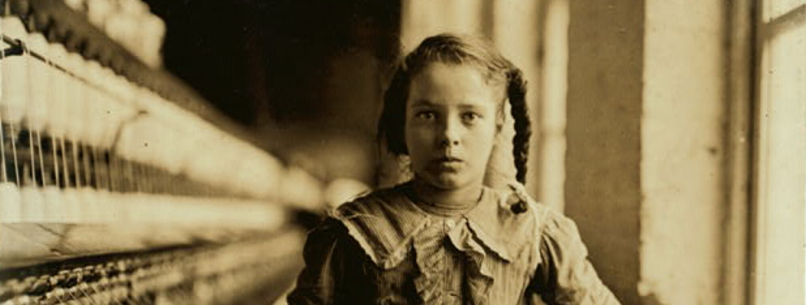
The Photos that Shocked America:
The Horrors of Child Labor Exposed by Lewis Hine
Lewis Hine & National Child Labor Committee
Lewis Wickes Hine, ca. 1930, Photo League.
Lewis Hine was a New York City teacher and freelance photographer. The National Child Labor Committee (NCLC) hired Hine to communicate a story through photographs.
“The dictum, then of the social worker is “Let there be light;” and in this campaign for light we have for our advance agent the light writer -the photograph.” - Lewis Hine, 1910
Hine interestingly shot his photographs with a low depth of field. This technique puts the child at the forefront of the picture. He wanted people to look at the child rather than the machine they were operating.

14 year old spiner, November 1913, National Child Labor Committee collection, Library of Congress, Prints and Photographs Division.
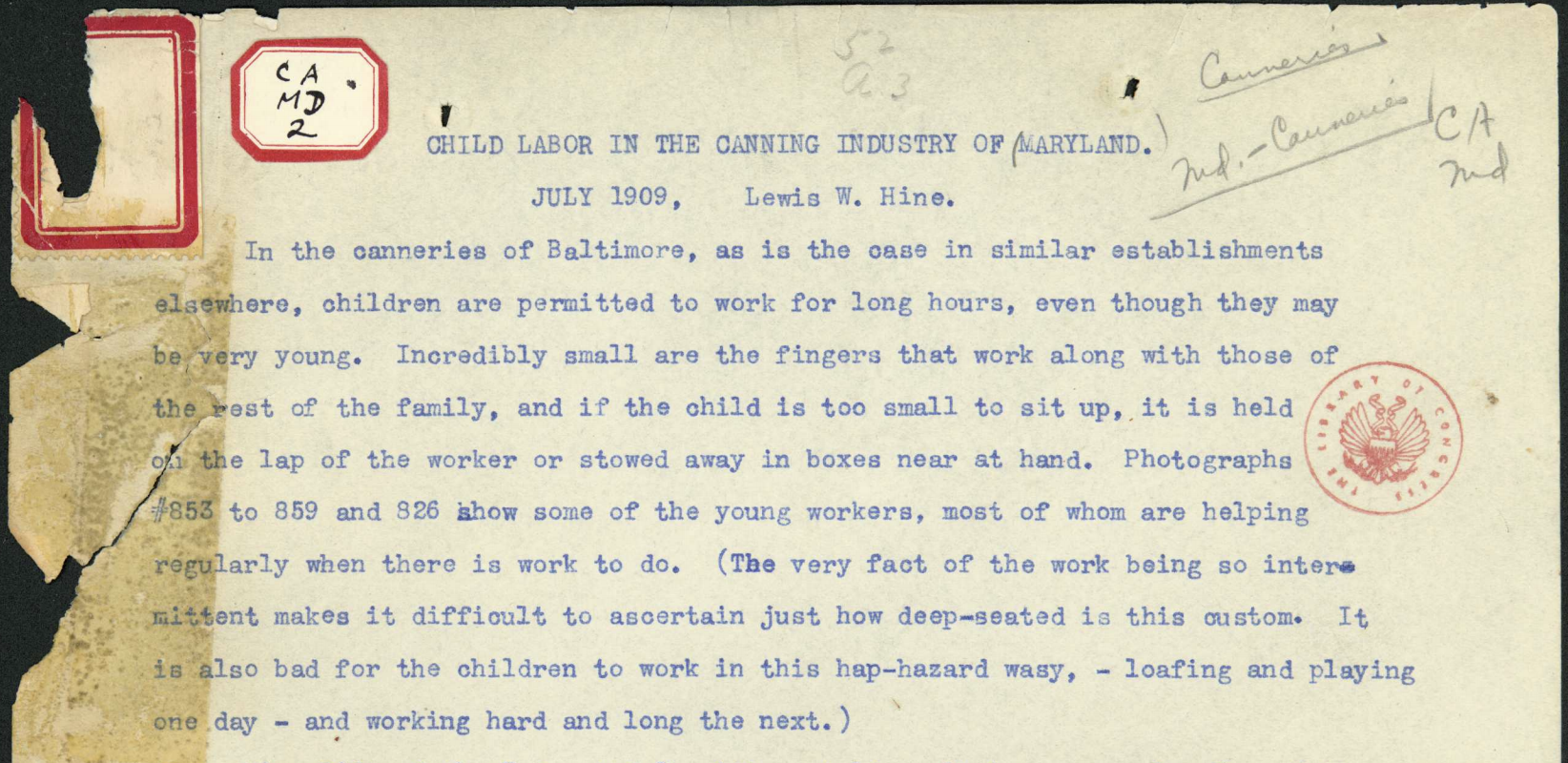
Child Labor in the Canning Industry of Maryland report, 1909, Library of Congress.
“In my early days of my child-labor activities I was an investigator with a camera attachment ... but the emphasis became reversed until the camera stole the whole show.”
- Lewis Hine, 1908
Hine’s focused on the angle to make it look as if the machines are endless was a subtle way to communicate that child labor was a large-scale problem.
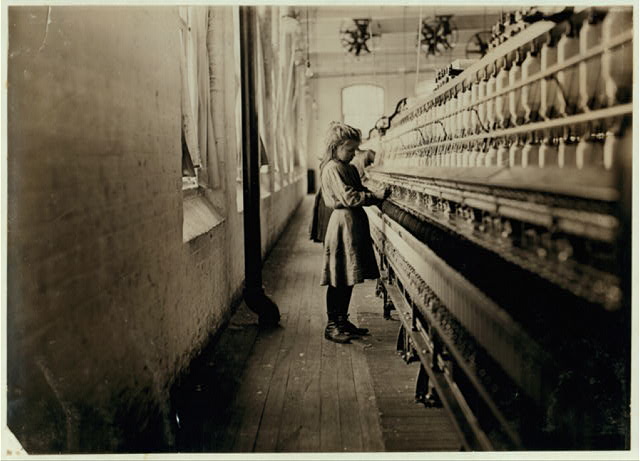
One of the little spinners working in Lancaster Cotton Mills, December 1908, National Child Labor Committee collection, Library of Congress, Prints and Photographs Division.
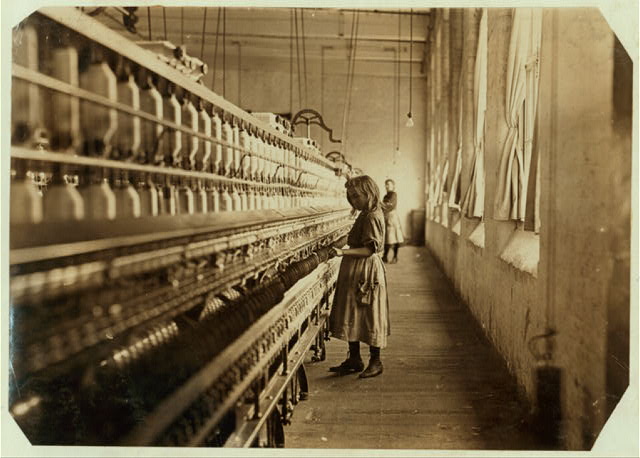
Sadie Pfeifer, has worked half a year. One of the many small children at work in Lancaster Cotton Mills, November 1908, National Child Labor Committee collection, Library of Congress, Prints and Photographs Division.
"Photography can light-up darkness and exposed ingnorance." - Lewis Hine
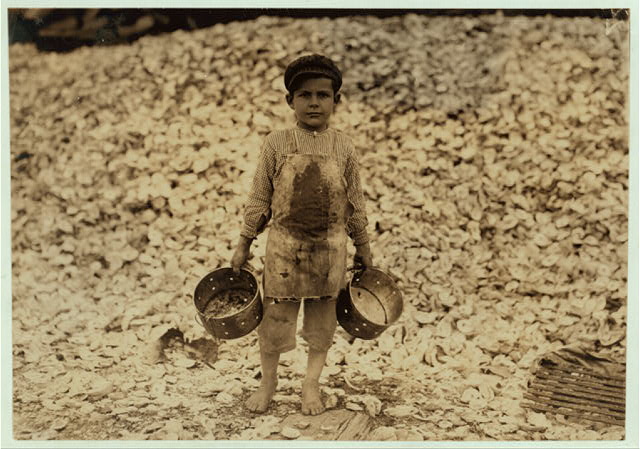
Manuel, five years old, and a mountain of child-labor oyster shells behind him, February 1911, National Child Labor Committee collection, Library of Congress, Prints and Photographs Division.
Hine took photos while disguised as a Bible salesman, postcard salesman, or an industrial photographer. If the factory owners knew who he was, they would kill him. Once inside, he would take photos, interview the children and write captions on his photos detailing the working conditions.
"The greastest advance in social work is to be made by the popularizing of camera work, so these records can be made by those who are in the thick of the battle." - Lewis Hine, 1909
The NCLC published the photographs in newspapers, adding them to reports, stereopticon slide shows, and displays that the NCLC circulated. These photographs inspired people to discuss laws that would end child labor.
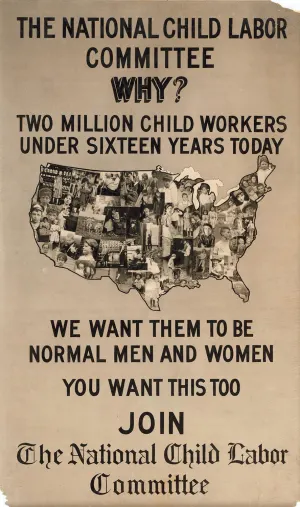
Poster for the National Child Labor Committee, circa 1913, Universal History Archive.
Header Photo Credit: Ten Year Old Spinner in N. Carolina Cotton Mill, 1908, National Child Labor Committee collection, Library of Congress, Prints and Photographs Division.
